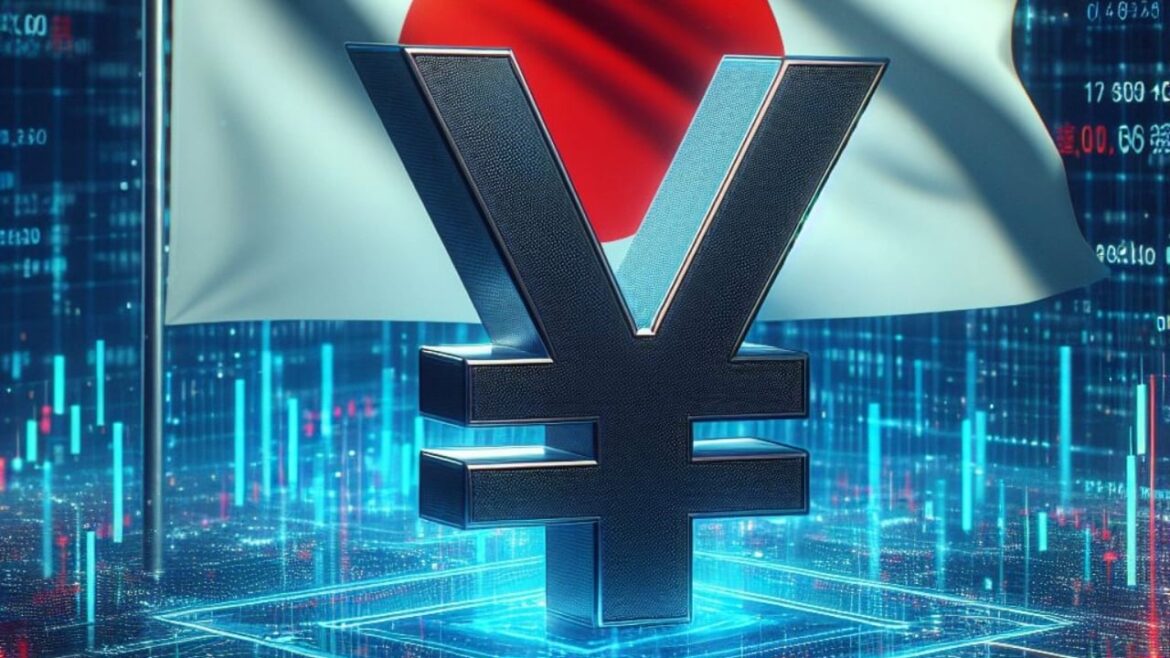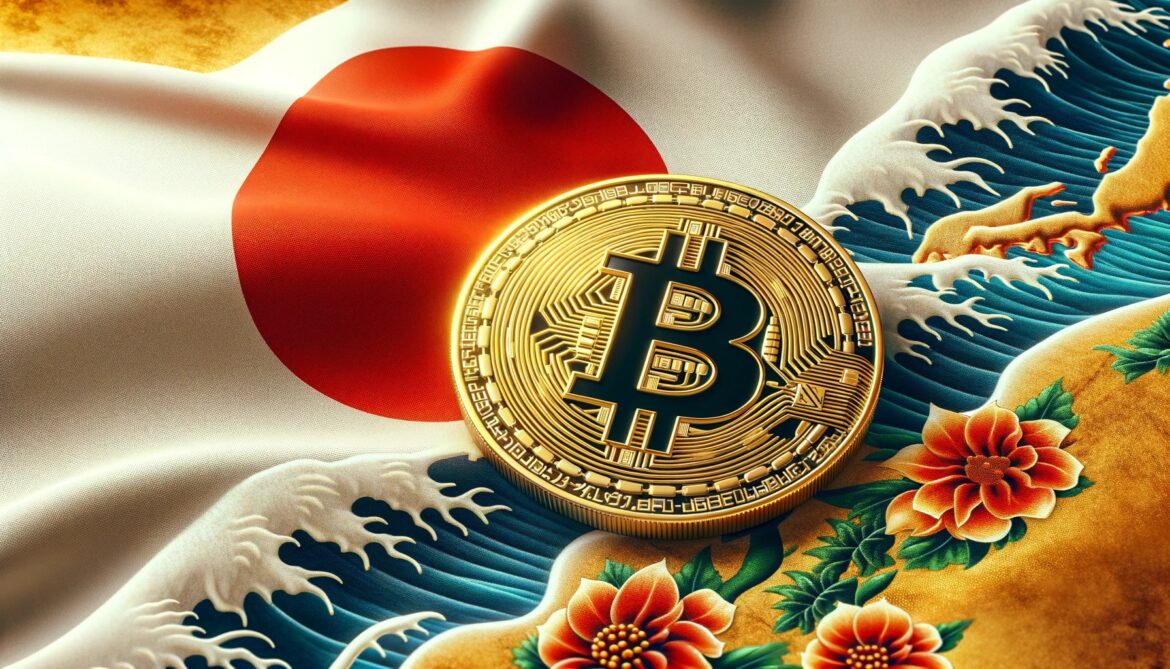 Hokkoku Bank, a regional financial institution in the Ishikawa prefecture, launched Tochika, Japan’s first deposit-backed stablecoin. Customers of the bank will be able to purchase the currency using Tochitsuka, an app developed by Digital Platformer, that previously allowed users to earn points from city services. Hokkoku Bank Reaches Milestone With Deposit-Backed Stablecoin Tochika Hokkoku Bank […]
Hokkoku Bank, a regional financial institution in the Ishikawa prefecture, launched Tochika, Japan’s first deposit-backed stablecoin. Customers of the bank will be able to purchase the currency using Tochitsuka, an app developed by Digital Platformer, that previously allowed users to earn points from city services. Hokkoku Bank Reaches Milestone With Deposit-Backed Stablecoin Tochika Hokkoku Bank […]
Source link
Japans
The Government Pension Investment Fund (GPIF) of Japan, the world’s largest pension fund with assets totaling $1.5 trillion, has officially announced its initiative to explore diversification opportunities that include Bitcoin, alongside traditional investments such as gold and more unconventional assets like forests and farmland. This exploration marks a monumental potential pivot in the investment strategy of a fund traditionally associated with more conservative asset classes.
Japan GPIF Seeks Information On Bitcoin
According to a Bloomberg report dated March 19, 2024, GPIF is in the initial phase of this exploration, focusing on an information request stage rather than signaling an imminent expansion of its investment portfolio. The fund currently diversifies its holdings across a vast array of assets, including domestic and international stocks and bonds, infrastructure, and real estate. With assets under management valued at approximately 225 trillion yen as of the end of December 2023, the GPIF’s interest in Bitcoin and other illiquid assets underscores a notable shift towards broadening its investment aperture.
The GPIF stated, “In addition to basic knowledge about the assets targeted for information provision, we are also seeking information on how overseas pension funds incorporate them into their portfolios and actual investment cases.” This reflects a methodical approach to understanding the potential benefits and risks associated with diversifying into less traditional and more volatile asset classes like Bitcoin.
Recent years have seen the GPIF actively seeking to enhance the sophistication and diversity of its portfolio. “Since the fall of 2022, a total of 56 active funds have been selected in North American, developed country, and Japanese stocks,” the GPIF noted, highlighting its ongoing efforts to refine its investment strategies. The inclusion of Bitcoin and other non-traditional assets would represent a further step in these diversification efforts.
However, the GPIF has cautiously noted, “This announcement is a request for information and does not indicate that the company will expand its investment targets in the future.” This statement clarifies that any decision to incorporate Bitcoin or other proposed assets into its investment strategy will depend on the outcomes of its current research phase.
This move by the GPIF comes amid broader regulatory changes in Japan regarding Bitcoin and crypto investments. Just one month prior to this announcement, Japan’s administration, led by Prime Minister Fumio Kishida, moved to enable investment funds to hold Bitcoin and other cryptocurrencies directly. “The bill states that ‘measures will be taken to add crypto assets to the list of assets that can be acquired and held by investment limited partnerships,’” according to a statement from the Ministry of Economy, Trade, and Industry.
The GPIF’s exploration of Bitcoin and alternative assets not only underscores the growing institutional interest in Bitcoin, but is also in line with Japan’s regulatory advances aimed at integrating digital assets into the country’s economic framework. The potential inclusion of Bitcoin in the world’s largest pension fund would be huge news and could have implications for other countries and their investment strategies.
At press time, BTC traded at $64,589.

Featured image created with DALL·E, chart from TradingView.com
Disclaimer: The article is provided for educational purposes only. It does not represent the opinions of NewsBTC on whether to buy, sell or hold any investments and naturally investing carries risks. You are advised to conduct your own research before making any investment decisions. Use information provided on this website entirely at your own risk.
Japan’s Osaka Digital Exchange to kick off security token trading with Ichigo’s real estate assets

What is CryptoSlate Alpha?
A web3 membership designed to empower you with cutting-edge insights and knowledge. Learn more ›
Connected to Alpha
Welcome! 👋 You are connected to CryptoSlate Alpha. To manage your wallet connection, click the button below.
Oops…you must lock a minimum of 20,000 ACS
If you don’t have enough, buy ACS on the following exchanges:
Connect via Access Protocol
Access Protocol is a web3 monetization paywall. When users stake ACS, they can access paywalled content. Learn more ›
Disclaimer: By choosing to lock your ACS tokens with CryptoSlate, you accept and recognize that you will be bound by the terms and conditions of your third-party digital wallet provider, as well as any applicable terms and conditions of the Access Foundation. CryptoSlate shall have no responsibility or liability with regard to the provision, access, use, locking, security, integrity, value, or legal status of your ACS Tokens or your digital wallet, including any losses associated with your ACS tokens. It is solely your responsibility to assume the risks associated with locking your ACS tokens with CryptoSlate. For more information, visit our terms page.
Japan’s exports rose in June led by strong growth in car shipments, data released by the Ministry of Finance showed Thursday.
Exports rose 1.5% on year, the 28th straight month of increase, with car shipments growing 49.7%.
Economists surveyed by data provider FactSet had expected a 2.2% increase in exports.
Exports to the EU and the U.S. led the growth among regional destinations, rising 15% and 11.7%, respectively. The rise was driven by shipments of products like cars and construction and mining machinery.
However, lower shipments of products such as steel led to a decline in exports to China and Asia, which fell 11% and 8.4%, respectively.
Imports fell 12.9%, mainly due to lower demand for products such as coal, crude oil and liquefied natural gas.




